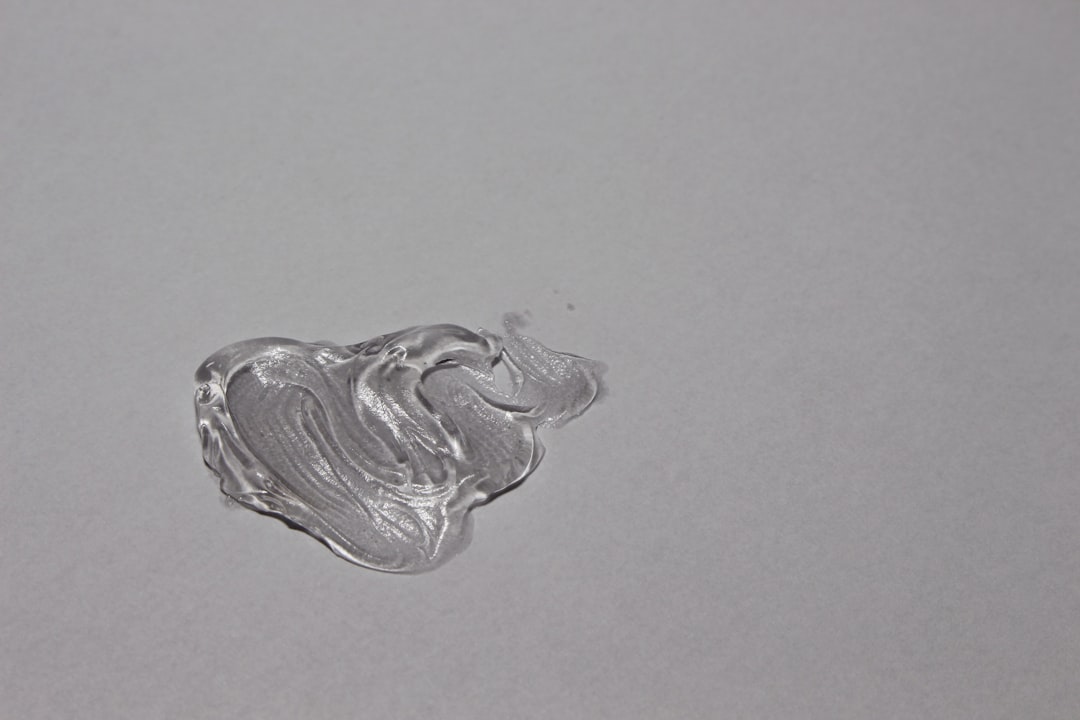
In the fast-paced world of manufacturing, finding the right method for producing high-quality products efficiently can be a challenge. One popular technique that has gained significant attention is silicone compression molding. This innovative process offers a multitude of benefits, from cost-effectiveness to versatility. In this article, we will dive deeper into silicone compression molding and explore how it can revolutionize your production process.
Understanding Silicone Compression Molding
Silicone compression molding is a manufacturing process that involves the creation of complex silicone parts through the application of heat and pressure. The process begins with a high-quality silicone material that is placed in a mold cavity. The mold is then closed, and heat and pressure are applied to shape and cure the silicone.
Benefits of Silicone Compression Molding
1. Cost-Effectiveness: Silicone compression molding offers significant cost savings compared to other molding methods. The process allows for efficient use of materials, reducing waste and lowering production costs. Additionally, the high productivity and quick cycle times of silicone compression molding contribute to overall cost savings.
2. Versatility: One of the key advantages of silicone compression molding is its versatility. This method allows for the production of intricate and complex parts with precise details and varying thicknesses. From gaskets and seals to medical devices and consumer products, silicone compression molding can accommodate a wide range of product requirements.
3. High-Quality Products: Silicone compression molding produces high-quality products with consistent results. The process ensures excellent dimensional accuracy, superior surface finish, and tight tolerances. This level of quality control is crucial, particularly in industries such as aerospace and automotive, where precise specifications are essential.
4. Material Selection: Silicone compression molding works well with a variety of silicone materials, including high-quality compounds with different durometers and colors. This versatility allows manufacturers to select the most suitable material for their specific application, ensuring optimal performance and durability.
The Silicone Compression Molding Process
1. Mold Preparation: The silicone compression molding process begins with the preparation of the mold. This involves making sure the mold cavity is clean, properly lubricated, and ready to receive the silicone material.
2. Loading the Silicone: Once the mold is prepared, the silicone material is loaded into the mold cavity. It is essential to ensure the silicone is evenly distributed to prevent any air entrapment or voids.
3. Closing the Mold: After the silicone is loaded, the mold is closed securely. This step ensures that the silicone material is held in place during the compression and curing process.
4. Applying Heat and Pressure: Heat and pressure are then applied to the closed mold, initiating the curing process. The temperature and pressure levels are carefully controlled to achieve optimal results.
5. Curing and Cooling: The silicone material undergoes curing, transforming it into its final form. After curing, the mold is cooled down, allowing the silicone to solidify and maintain its desired shape.
6. Demolding the Product: Once the silicone has cooled and solidified, the mold is opened, and the finished product is carefully removed. Any excess material is trimmed off, and the product undergoes further quality checks to ensure it meets specifications.
Conclusion
Silicone compression molding offers manufacturers a cost-effective and versatile solution for producing high-quality products. With its ability to create complex parts with superior dimensional accuracy and surface finish, this process has become a popular choice across various industries. By understanding the benefits and process of silicone compression molding, you can unlock new possibilities for your manufacturing endeavors.